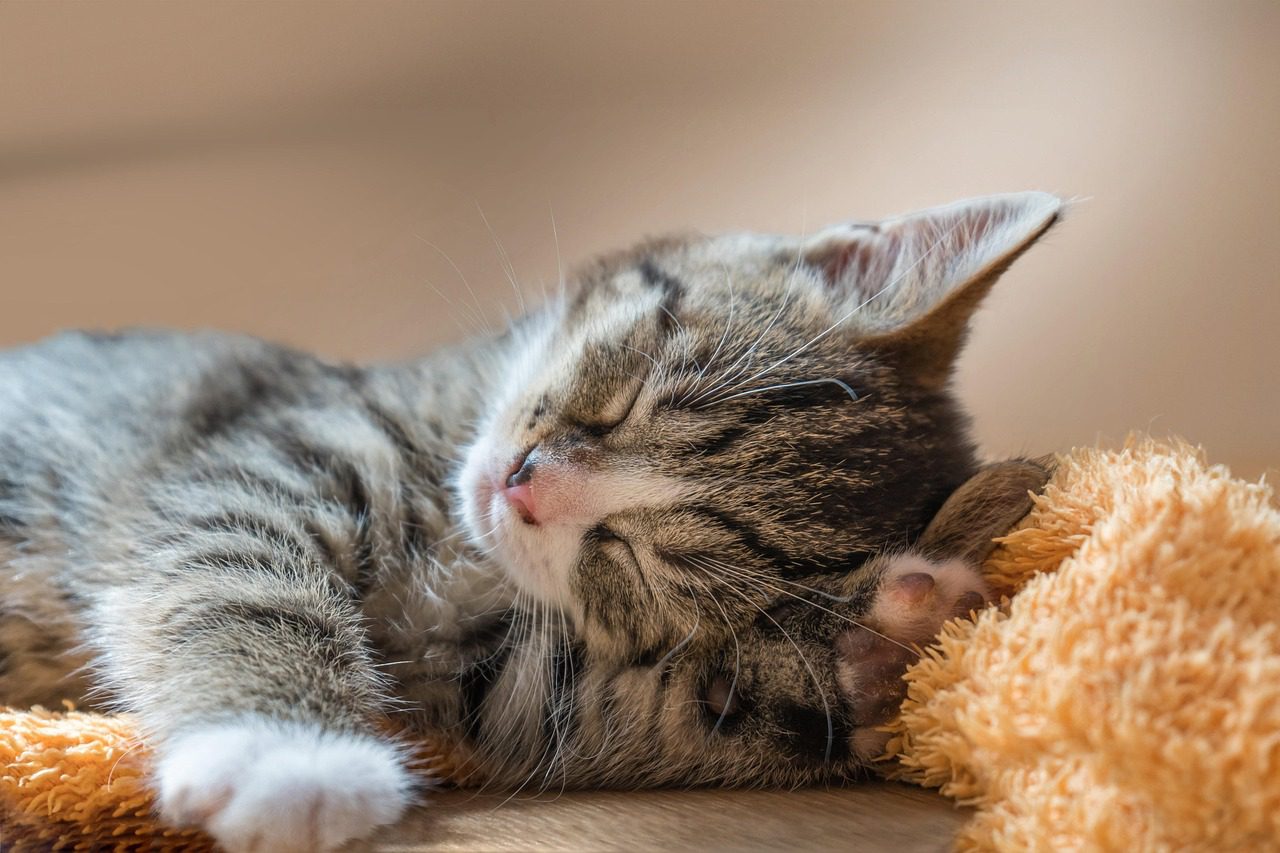30 seconds of tooth-brushing a day keeps the vet away
I hate extracting teeth.If I’d wanted to look inside mouths all the time, I would have become a dentist.
But being a professional is a bit like being married: you have to accept the rough with the smooth. All I want for my patients is a long and healthy life, and keeping their mouths fresh is vital to their longevity and health.
Extracting a tooth is a bit like amputating a leg – we consider it something you only do when all other strategies have failed. I spend time every day talking to pet owners about how to keep their pet’s teeth from rotting, so that the pet doesn’t have to go through the pain of toothache, then the risk of anaesthesia and the pain of the extractions too. It also means that the owner doesn’t have the associated cost to worry about, and I don’t have to suffer the trials of the operation itself!
In our puppy and kitten consultations, we suggest that every new puppy and kitten should have a grooming routine that includes gentle rubbing of their baby teeth with a finger. At this point we do not use toothpaste or a brush. What we are hoping to achieve is to train the little pet that if they need their teeth brushing in future, it need not be a big deal.
Then their baby teeth are dropped at five to six months old, and they acquire a lovely new set, designed to last for life. We offer a health check at this stage to ensure that all the deciduous (baby) teeth have properly dropped out, and that the grown-up teeth have come through at the right angles. It is also an opportunity to talk about more serious tooth brushing with toothpaste.
We recommend spending about 30 seconds a day on this. It doesn’t take long as we only have to brush the teeth on the cheek sides – generally the tongue side of their teeth rarely gets much disease. Of course we brush our own teeth for two minutes twice a day, so in comparison 30 seconds seems quite doable.
Many pets new to this experience will try to mouth or even bite the brush, so the easiest trick is to respectfully hold their mouths closed with one hand whilst brushing with the other. This may be easier with two people at first, talking gently to reassure the pet. One holds the pet’s head steady, whilst the other lifts the lips and locates the important teeth kept well back in the jaw.
We have several families who achieved this so well that they can now use an electric toothbrush on the pet’s teeth!
Of course, some owners and some pets cannot manage brushing for all sorts of reasons. For these we look at their diets, to check that this is optimal for the health of their tee, and offer suggestions about chews, toothpastes and mouthwashes that do not need to be brushed in, but still help with oral care.
If you would like a dental health check, or advice on how to introduce some preventative oral hygiene into your pet’s life, call the friendly team at The >span class=”J-JK9eJ-PJVNOc” data-g-spell-status=”2″ data-mce-tabindex=”-1″>Mewes Vets on 01444 456886.



